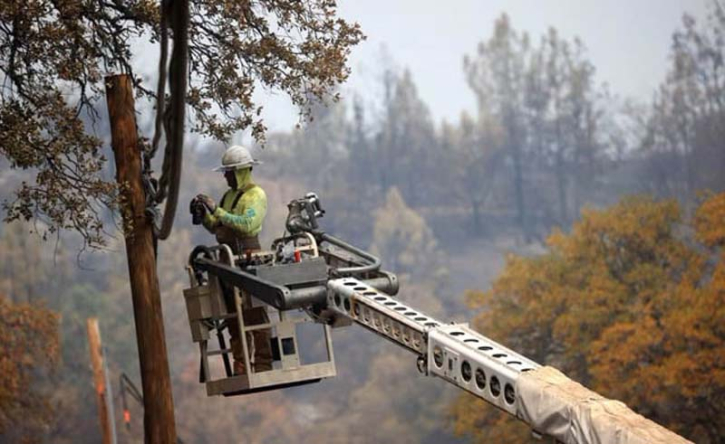Quito Faces ’Critical’ Threat from Wildfires, Says Mayor

Quito has been shrouded in clouds of ash and smoke from five simultaneous wildfires, with the mayor of the Ecuadorian capital declaring the situation "critical."
Pabel Munoz stated on X, "We have at least five fire hotspots," emphasising that the situation is "critical at the moment."
He added, "The battle against the flames will not conclude in the next few hours; it will certainly continue throughout the night."
As a precaution, at least 14 houses have been evacuated, and the municipality announced that the education ministry has cancelled classes in the metropolitan area.
Large plumes of smoke were rising from the eastern outskirts of the capital, where two of the hotspots are located, and several roads have been blocked, as observed by AFP journalists.
In the residential area of Bellavista, situated northeast of Quito, residents formed human chains to douse the pavement with water while elderly individuals were assisted in leaving their homes by police and soldiers.
In response to the fires, President Daniel Noboa has mobilised the armed forces. "The firefighting helicopters will support as soon as the pilots can safely undertake their mission," he posted on X. The fire service previously announced on X that "all our teams are deployed."
There have also been reports of ash falling in the northern parts of the city, including in the historic centre, a UNESCO World Heritage Site.
Just three weeks ago, four forest fires had already enveloped several areas in and around the capital in smoke and ash, although they did not disrupt airport operations.
Ecuador is currently experiencing its worst drought in six decades. Over the past year, there have been 3,302 forest fires, burning a total of 37,808 hectares (93,400 acres) of vegetation.
According to a report released on Tuesday by the Risk Secretariat, 14 people have been injured, 797 affected, and 44,742 livestock have perished. Out of the country’s 24 provinces, 20 are on red alert due to a water crisis threatening 40,000 hectares (99,000 acres) of crops.
 (5).png)








